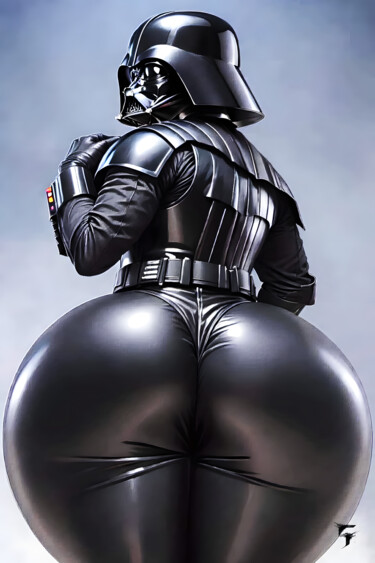8,943 原始限量版和数字艺术作品出售:
你在找出售原创数字艺术作品吗?
探索所有风格和所有数字艺术技术:当代艺术、街头艺术、抽象艺术、具象艺术...... ArtMajeur 迎合所有艺术敏感性,20 年来一直在您身边庆祝美,有超过 360 万件当代艺术作品供您探索。 .. 或获取!发现来自世界各地的当代艺术家的作品,用一流的方式装饰您的室内!单纯的艺术爱好者还是公认的收藏家?找到最喜欢的画布或绘画,真正增强您的装饰效果。 ArtMajeur 为您提供世界上最优秀的当代艺术家的原创作品、限量版和艺术版画。在 ArtMajeur 上,数字艺术作品由艺术市场的爱好者和专家挑选。我们为您精选时尚、获奖、知名艺术家的原创作品,以及当代艺术领域新崛起的价值,为您在线购买数字艺术提供指导和帮助。
Discover contemporary Photo Montage Digital Arts on ArtMajeur
Contemporary Photo Montage Digital Arts is an innovative form of art that has gained popularity in recent years. This type of artwork involves combining multiple photographs or images to create a new, original piece. The supports and materials used can vary greatly, ranging from traditional canvas to metal and even digital screens. What is unique about this type of art is that it allows for endless possibilities and creativity. The ability to manipulate and alter images using technology allows artists to express their ideas in ways that were previously impossible. The result is often a visually striking and thought-provoking piece that challenges the viewer’s perception of reality. As the world becomes increasingly digital, Photo Montage Digital Arts is a form of art that reflects our modern society and its relationship with technology.

©2025 Frank Melech
Origins and History
The art of Photo Montage Digital Arts has its origin in the early 20th century, when artists started using photography as a medium for their work. It gained popularity during the 1920s and 1930s in the form of collages and photomontages. The Dada movement, with its anti-establishment ideology, was among the first to use photomontage as a way of expressing their social and political views.

©2024 Frank Melech
Evolutions of theses works in the contemporary art market
The evolution of Photo Montage Digital Arts in recent years has been vital to the contemporary art market, as artists continue to experiment with new techniques and approaches to create captivating and thought-provoking pieces.
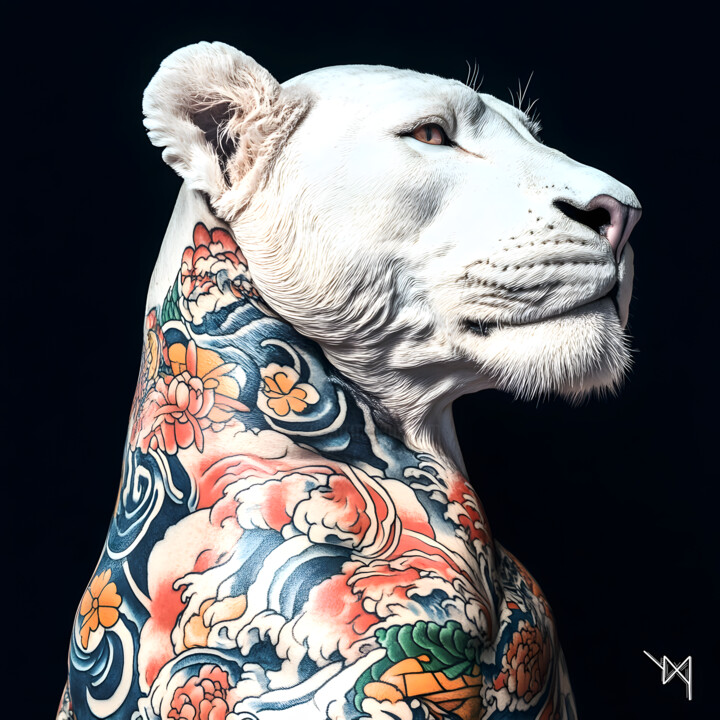
©2024 Frédéric Font (Chroma)
Related Famous Artists
Contemporary artists who have made a name for themselves in the realm of Photo Montage Digital Arts include Laurie Simmons, Vik Muniz, and David Hockney.
Laurie Simmons is known for her use of dollhouse furniture and figurines in her photographs, creating surreal and dreamlike scenes that question the boundaries between reality and fantasy. Her work often explores themes of gender, identity, and domesticity, and has been exhibited in numerous galleries and museums worldwide.
Vik Muniz is a Brazilian artist who uses unconventional materials such as sugar, chocolate, and garbage to create intricate and detailed photographic works. His subjects range from classic paintings to famous landmarks, often with a touch of humor and irony. Muniz’s work challenges the viewer’s perception of reality and encourages them to question what they see.
David Hockney has been a prominent figure in the art world for decades, and his recent work in digital photography has been equally groundbreaking. He uses the iPad to create vibrant and colorful photomontages that capture the essence of the landscapes and people he encounters. Hockney’s work blurs the line between traditional and digital art, and has inspired a new generation of artists to explore the possibilities of technology in their work.
Overall, these artists have demonstrated the power of digital manipulation in creating new and innovative works of art. By pushing the boundaries of traditional photography, they have opened up new avenues of expression and challenged the viewer to see the world in a different way.
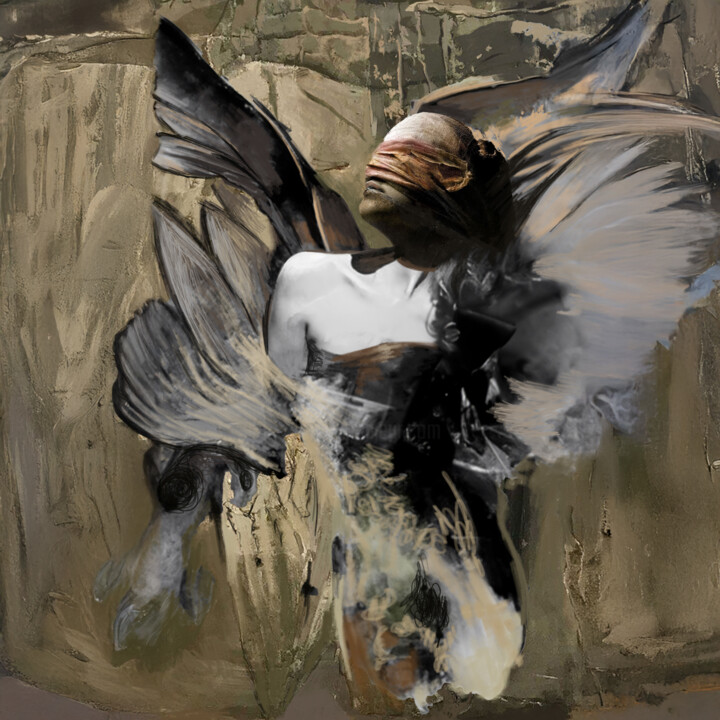
©2024 Dariusz Witold Mierzwa
Notable contemporary Photo Montage Digital Arts
Contemporary digital art has opened the door to new creative possibilities, and photo montage is one of the techniques that has flourished in recent years. Here are some well-known examples of this technique and their creators:
"The Great Wave off Kanagawa in a sea of clouds" by Julieanne Kost (2018): This artwork merges the iconic Japanese print with a photograph of a cloudy sky, creating a surreal and ethereal landscape that invites contemplation.
"Tokyo Compression" by Michael Wolf (2010): This series of photographs depicts commuters in packed Tokyo trains, their faces pressed against the windows. The images are then digitally manipulated to create a seamless montage that emphasizes the oppressive nature of urban life.
"The Museum of Non-visible Art" by James Franco (2013): This project parodies the art world by creating imaginary artworks that exist only in the minds of their creators and buyers. The montages combine photographs of blank spaces with humorous titles and descriptions, mocking the pretentiousness of contemporary art.
"The Deconstructive Impulse" by Catherine Opie (1996): This photographic series explores the gendered nature of representation and beauty. The artist combines images of the body with architectural details, creating hybrid creatures that challenge conventional notions of identity.
"The Americans" by Doug Rickard (2008-2014): This project uses Google Street View to create a virtual road trip through the United States. The artist selects moments of mundane or dramatic significance and stitches them together to create a narrative that reflects on the state of the nation.
These artworks demonstrate the versatility of photo montage as a medium for social commentary, conceptual experimentation, and aesthetic exploration. By combining disparate elements into a new whole, these artists challenge our perceptions and invite us to see the world in a different light.
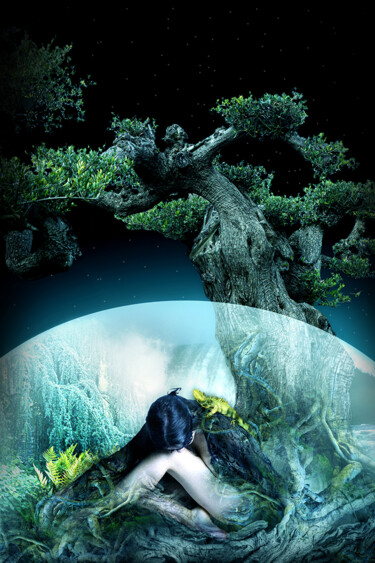
Julia Saludo
数字艺术 | 17.7x11.8 in
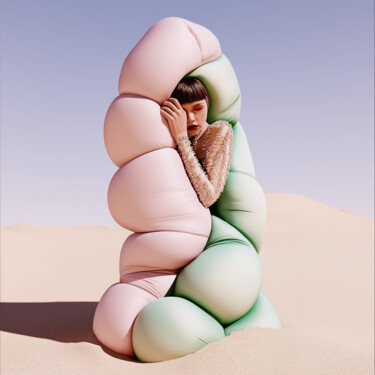
Nikaleona
数字艺术 | 27.6x27.6 in
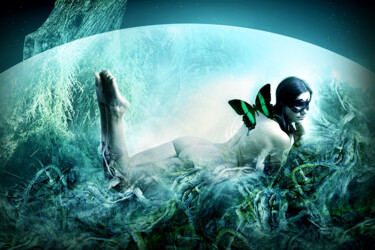
Julia Saludo
数字艺术 | 15.8x23.6 in

Frédéric Font (Chroma)
数字艺术 | 31.5x31.5 in
